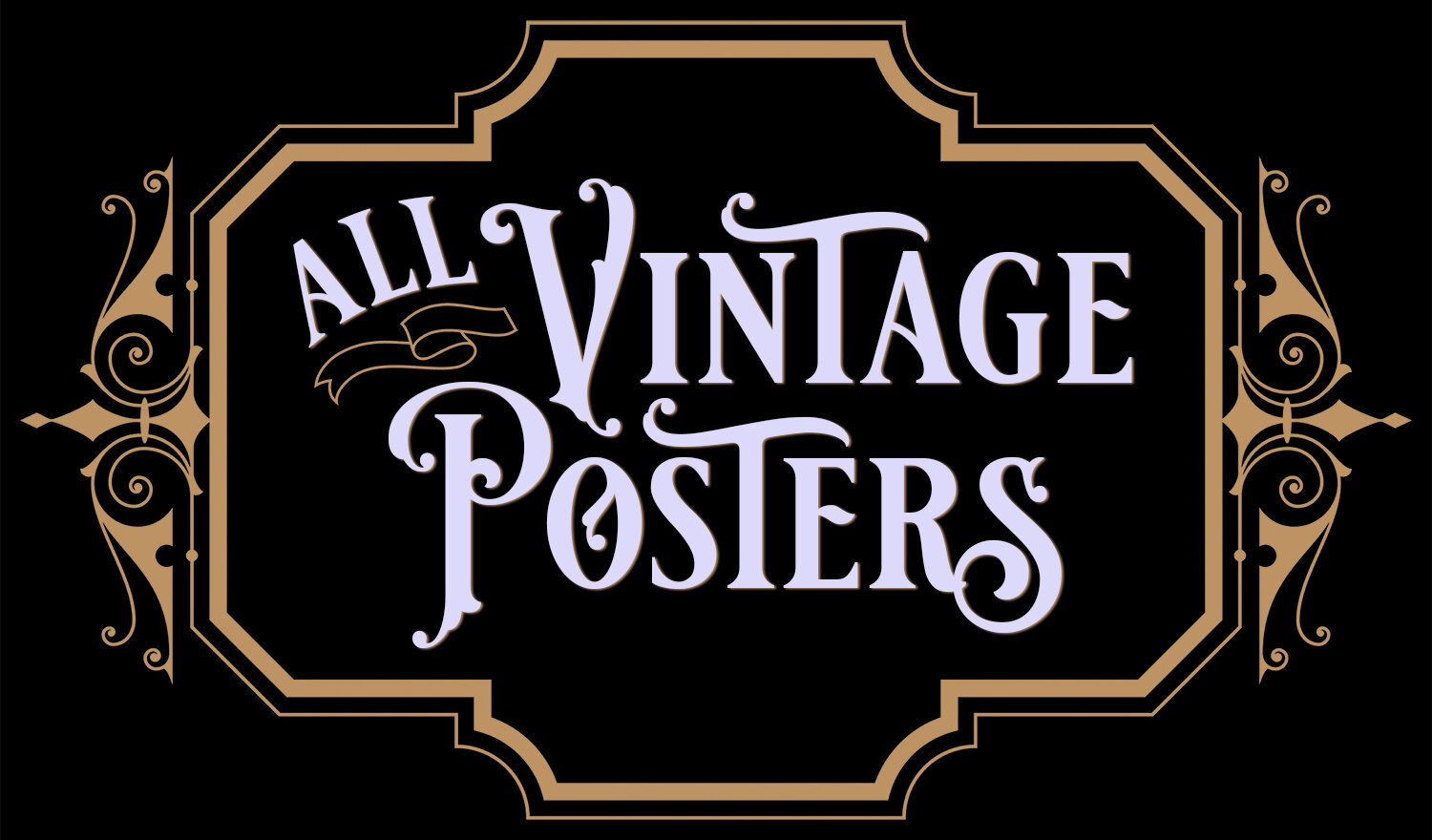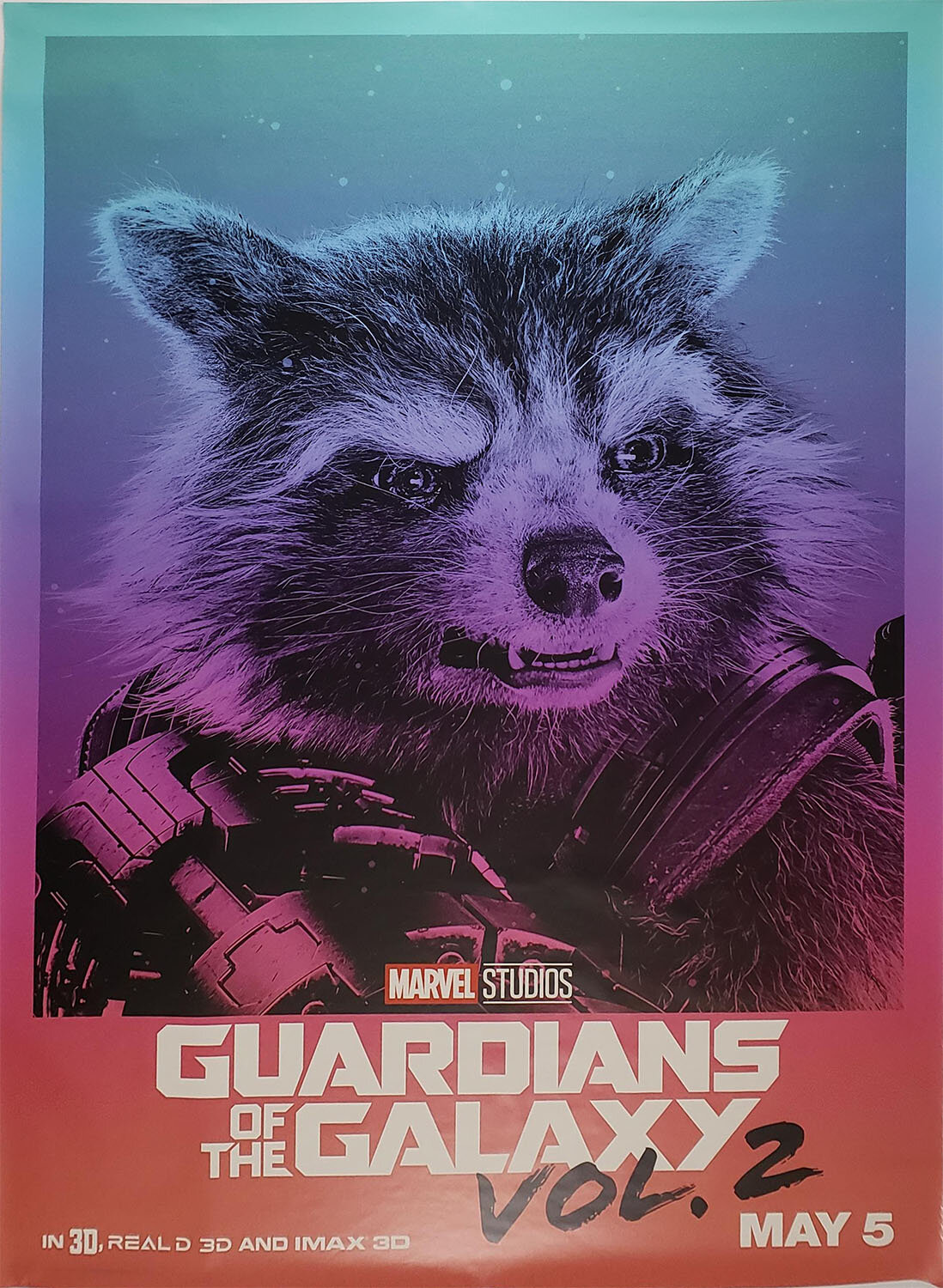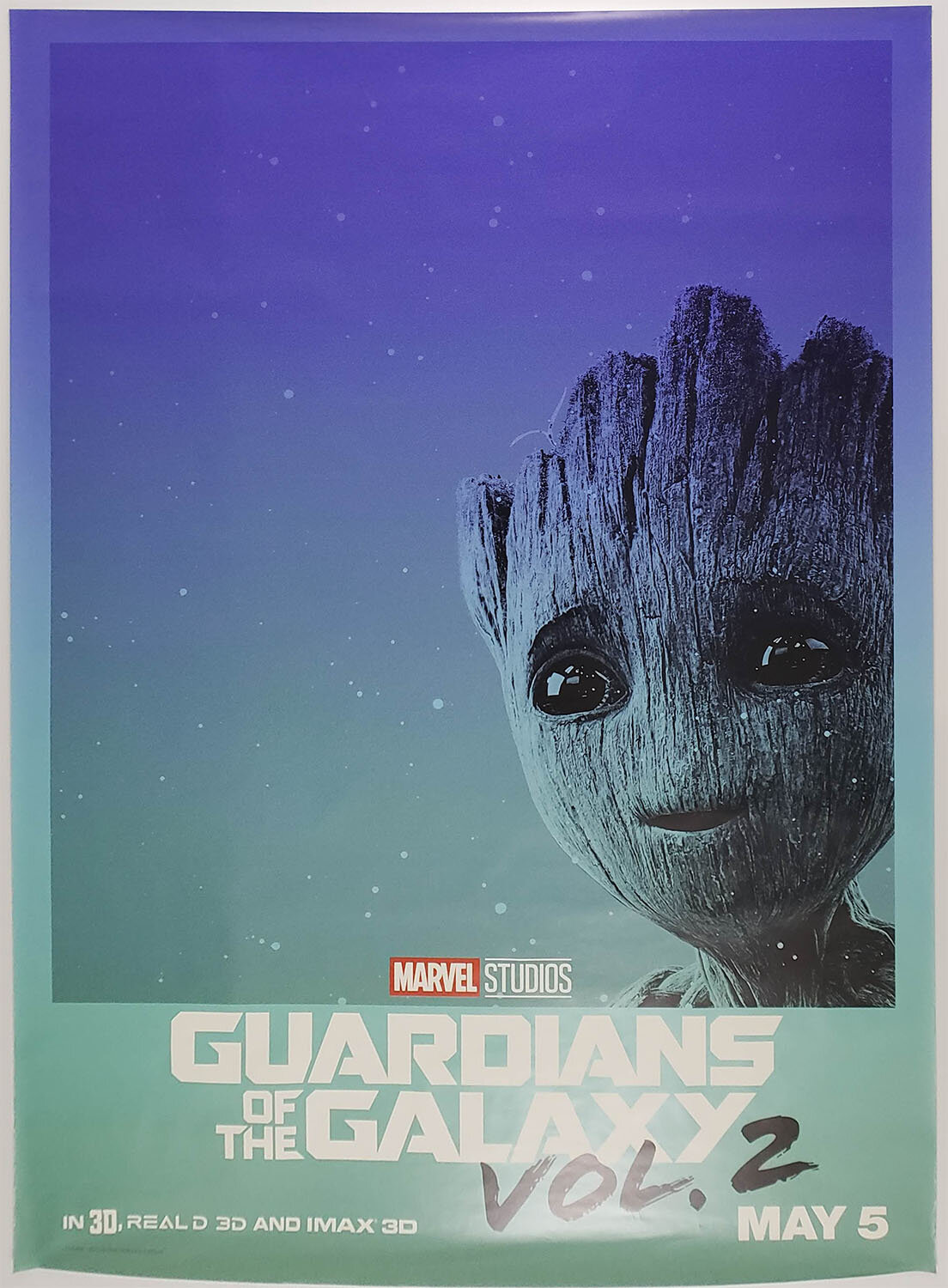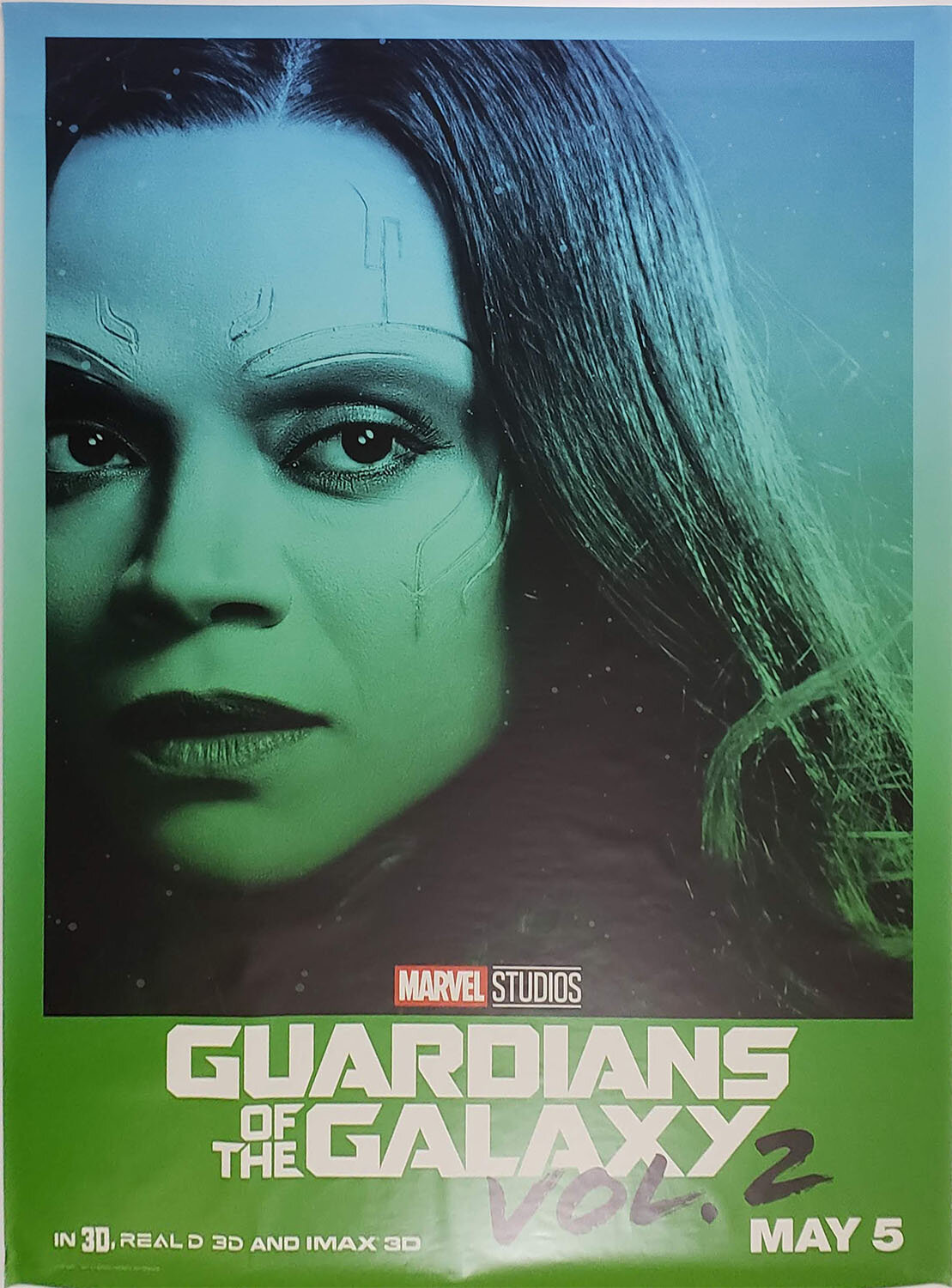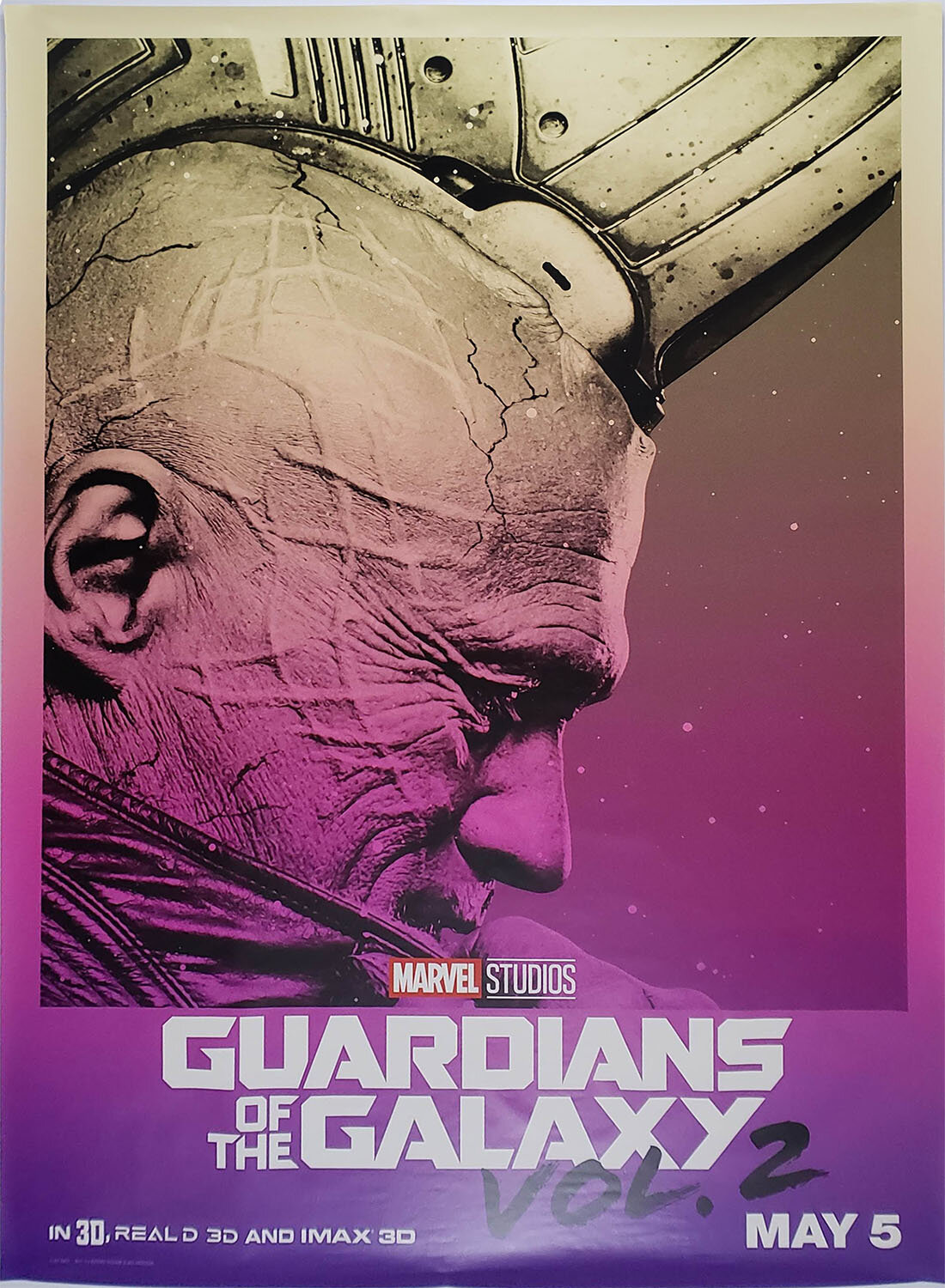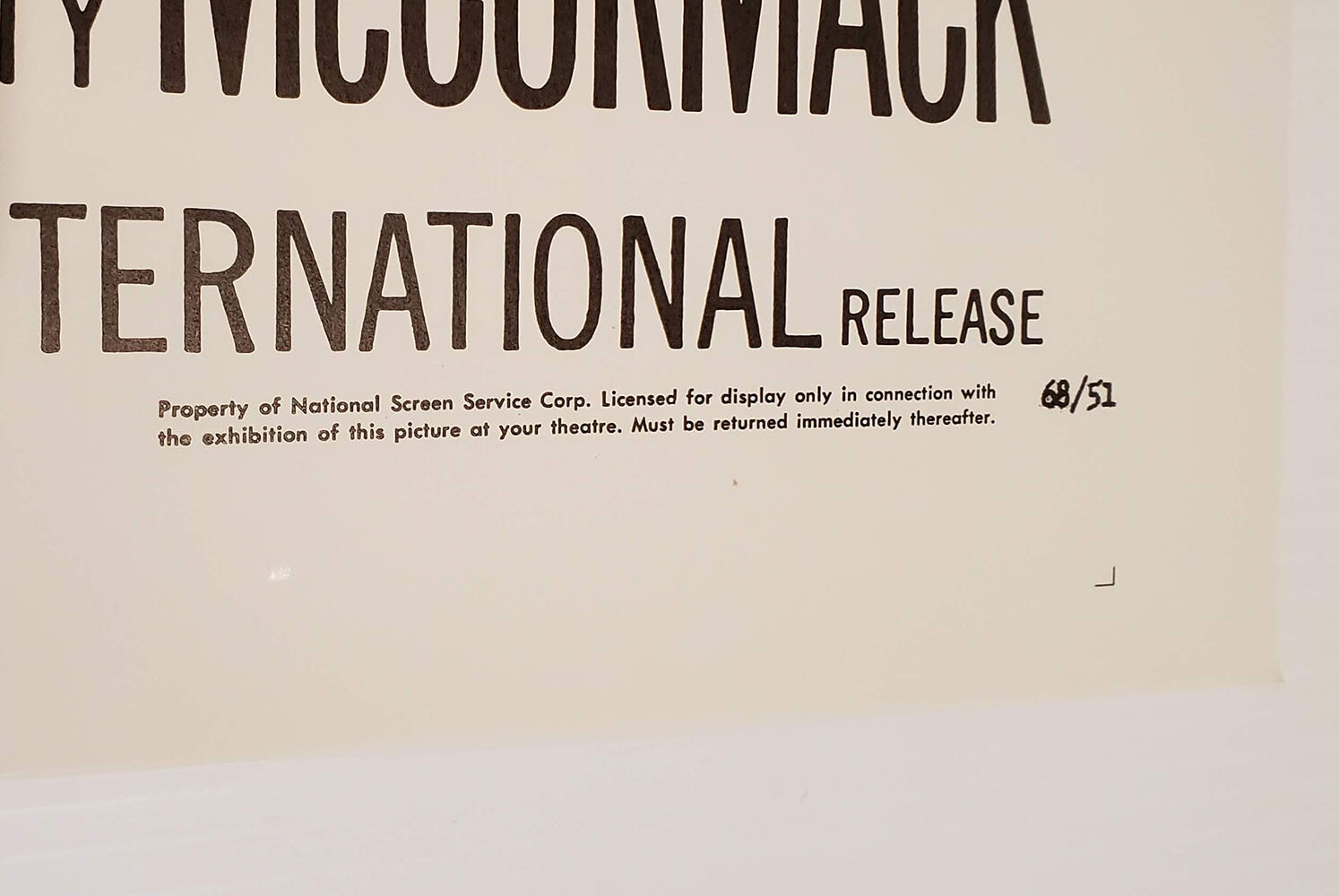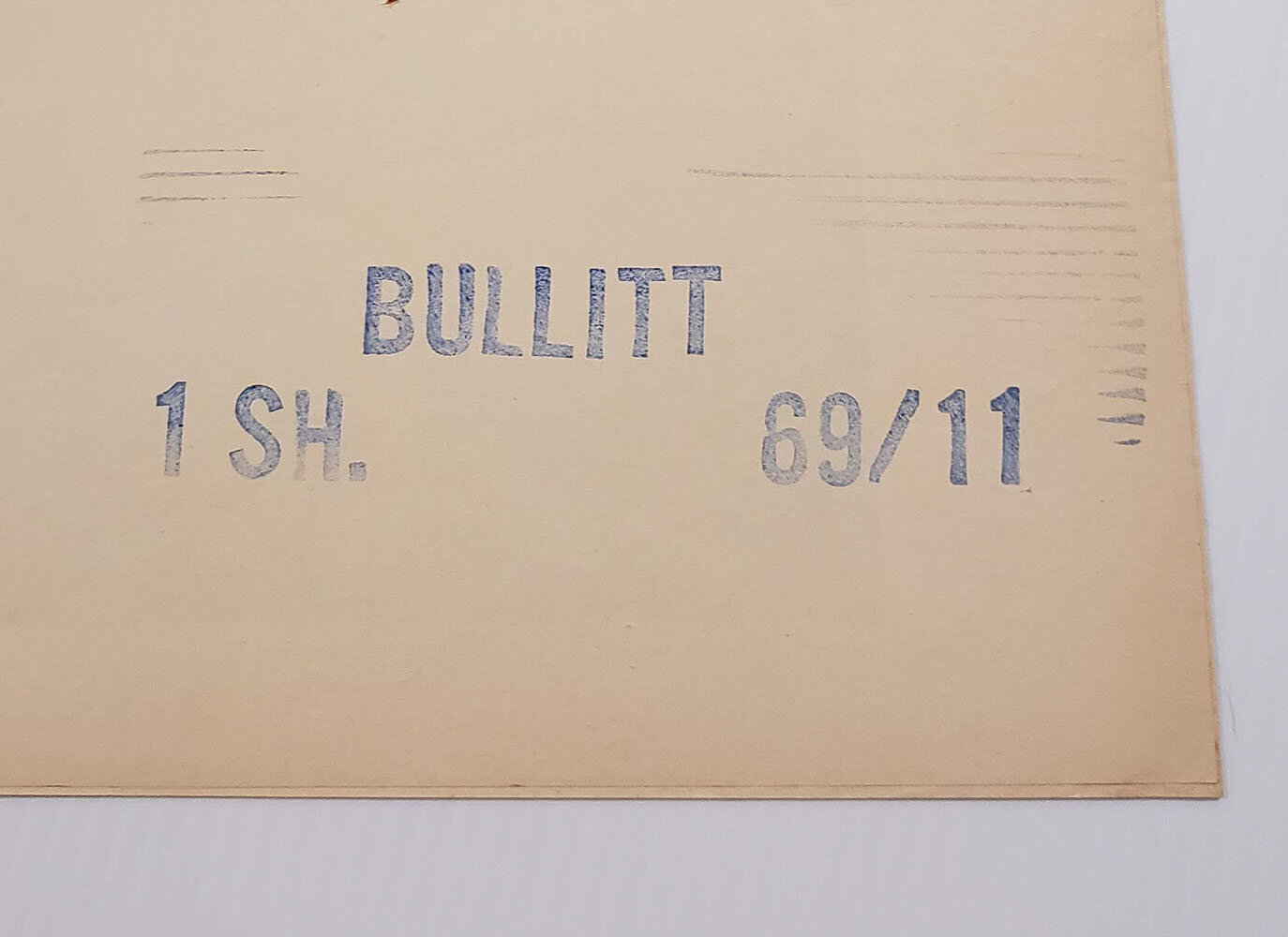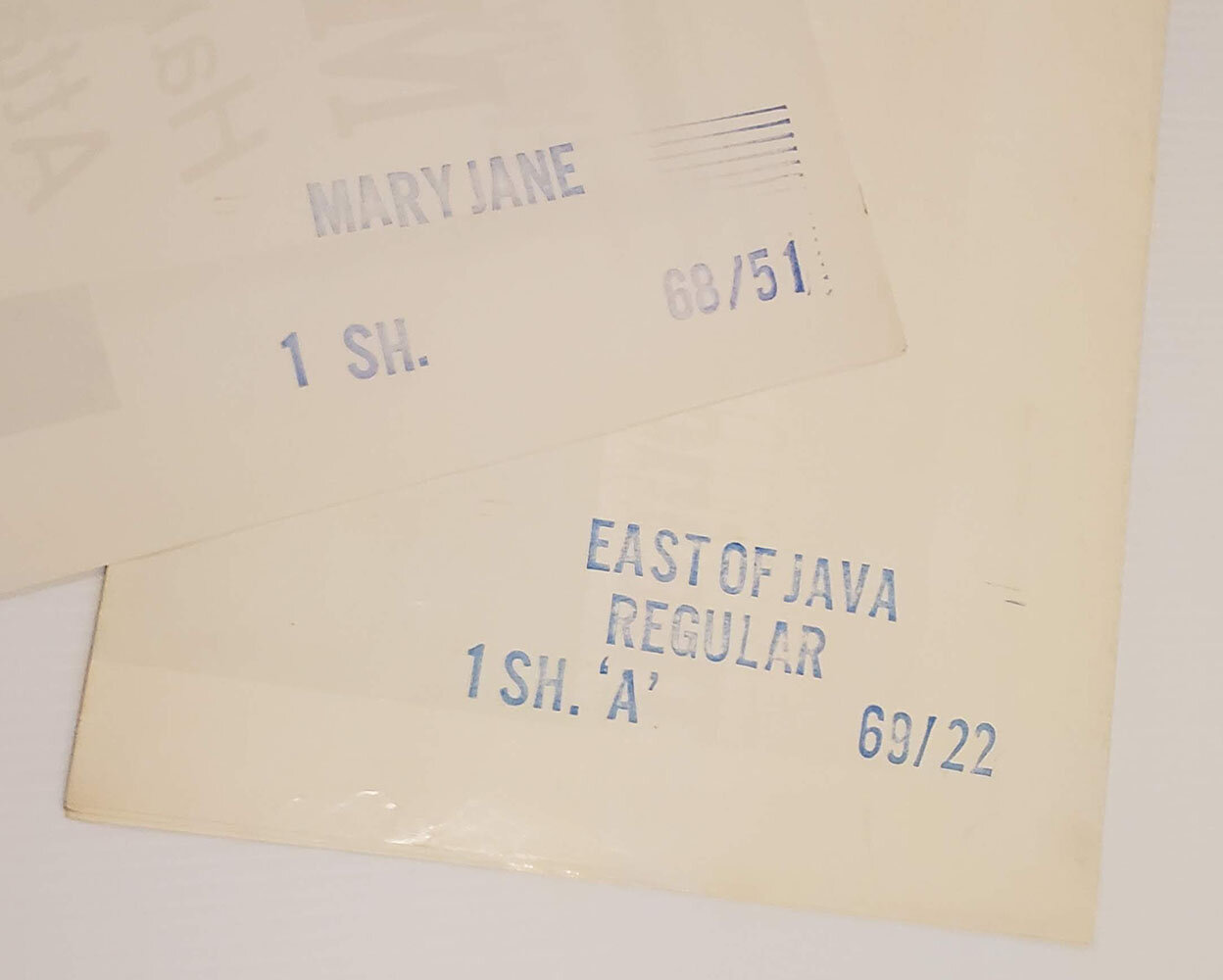Collecting Original Posters: A Guide
Poster collecting is a popular hobby for thousands of people. Each collection is as unique as the collector, with millions of posters in the world, what one chooses to collect gives insight into the personality of the collector. My curated collection leans more towards movie posters, so this guide will have more focus on collecting the best vintage movie posters for you.
Step One: Planning Your Poster Collection
Narrow down the subject matter that you want to collect. You will be spending a lot of time researching, looking for, and waiting for pieces to come up for auction.
You should have an idea what that poster usually sells for, and what “condition” you are willing to accept. It will help you be more efficient about where to spend your dollars.
Think about your favourite posters. What are your favorite subjects? Movies? Vintage advertising? Auto racing? Bicycles? Live music, musicians, and bands? Magicians? Coca-cola memorabilia? Circus ephemera? Travel posters?
Poster Buying Budget:
How much do you want to spend? As I mentioned in my monster movies blog post, if the poster you want usually sells for over a 100 thousand dollars, you do have other options.
First run vs re-release: Pros and cons
Generally, a poster from the first theatrical run is the most desirable poster to collect. There is likely a much higher price on a first run poster. You can choose to instead buy a re-release poster, a reproduction poster, or if there is a remake of the movie, a poster from the remake. Artwork on re-releases is usually pretty similar to the original. Oftentimes, I end up preferring the artwork on the re-release.
Or you can consider an international or foreign version of the original run. A poster from a country that the movie originated in is called a country of origin poster. Generally, the more desirable poster to collectors is the country of origin poster and it will command a higher price. On the other hand, you may love the artwork in a foreign poster. This is a French poster of the re-release of Planet Of The Apes, and the artwork is spectacular.
Planet Of The Apes, French
Re-release 1975
Do you have space for a poster collection?
How much room do you have to display or store them? This is more important than you may think. For example, I own an entire set of 8 Guardians of the Galaxy Vol. 2 wilding posters that I just HAD to have. I can’t display any of them, though, because each poster is about 4 by 6 feet and my house isn’t big enough. No regrets, I’d do it again.
Good Poster Restoration Adds Value
Condition is the major determinant of poster value. Much like a classic car, posters in poor condition can be purchased for significantly less than a good to fine rated poster and restored to good to very good condition. However, a heavily damaged poster cannot be made to appear brand new again as there are limits to what an artist can do for the surface texture. If you look at a well-restored poster up close from the side of the poster you will still be able to detect where paper was replaced and painted from the way the light bounces off the surface. From a few feet away, however, you can’t tell where the inpainting and line fill are. A poorly restored poster, however, is a missed opportunity and will never command a good price.
A good restorer will use archival quality materials and time tested methods that are reversible to clean, deacidify, linenback (or paper back for cardstock) and fill in missing paper and image. Inpainting, which is to fill in missing areas of the image so that the “new” parts of the image are imperceptible, is done by hand and is a highly specialized artistic skill that not many can do really well.
Do not use non-reversible methods, like dry mounting and acrylic paint. I’ll be blunt: once you’ve dry mounted a poster it is worthless. Protect your investment; be prepared that it is expensive to do properly, and if you can’t find it in your budget to do it right then don’t do it at all. Wait. Prepare. Do it properly. There are limited numbers of original vintage posters in existence and collections should be treated with respect.
Is Your Poster An Authentic Original Vintage Poster?
Familiarize yourself with the various poster size standards. And of course, for every standard there will be posters that are non-standard, just because life’s like that. Learn about markings that you need to know about for identifying authenticity. These will be specific to genre.
Movie posters used in theatrical runs have several markings and features that you need to know about and look for. For example, US one sheets were printed at 27 by 41 until 1985, after which they were printed at 27 by 40. If you are looking at a US one sheet movie poster that is 26 by 39 it is very likely not an original vintage one sheet for theatrical use. Reproductions are usually slightly smaller than the dimensions of the original.
The National Screen Service used to be the central producer and distributor for all the movie paper and advertisement material in the U.S and Canada. In the 1980’s the theatres became megaplexes and the amount of space for movie posters was greatly reduced. They went from making material of all different sizes down to mostly one sheets. Eventually, the studios took back the responsibility of producing advertising material to promote films.
They developed an inventory management system called NSS Stock Numbers. These are the numbers you see printed in the corners of old vintage posters. The first two numbers are the year the film was released, followed by a slash, then one to four numbers that represent the order of films assigned a number that year. For example, 77/21 (Star Wars) is the twenty first movie assigned a number in 1977. Sometimes people think this is a limited edition number, but NSS numbers have absolutely nothing in common with that system of numbering fine art prints. An R before the year stands for Re-release. The NSS number was also stamped on the back side of the poster in blue or red ink.
If you come across a poster with a little scrap of paper glued on it, that piece of paper or sticker is called a snipe. Since reproductions would not have snipes, that is a sign that you have an original poster. A lot of times the snipes were used for a ratings change from one region to another, or if the film was nominated for an award they would put a snipe on the old poster. Typically, snipes are removed in the linenbacking process, so don’t expect to find them on a linenbacked poster.
Examine the paper the poster is printed on. Anything from the 1980’s until present day, the paper is generally unsuitable for linenbacking.
Linenbacking is a wet process, much to some people’s surprise. During the 1980’s the paper and printing process changed and when in the bath the image/surface ink tends to flake off and big bubbles form between the paper layers. I won’t say every 80’s poster can’t be linenbacked, since the changes happened over a decade and even then some printers’ paper stock is better than others. But you can’t tell if the ink will flake until it’s already too late, so I would err on the side of caution.
If your 80’s poster has only minimal creases, just frame it as is, it’s not worth the risk to wet it. By this time period posters were printed in much larger numbers, not the limited runs of the past, so with the increased supply you can hold out for a poster in good shape.
Research Posters For Your Collection
There are a lot of little quirks about certain posters that you likely won’t know about until you find yourself falling into an internet rabbit hole at 3 a.m. For example, if you want to start collecting Star Wars posters you need to read up on unauthorized re-strikes and reproductions. I tend to shy away from collecting Star Wars posters because there are so many fakes out there from unauthorized printings and it’s extremely challenging to determine authenticity. There are also so many special printings and oddities of Star Wars posters that you could write a book about just Star Wars posters. Fortunately, you can easily find poster dealers that are incredibly knowledgeable on this niche subject and have extensive information available to guide you. Join groups on social media where you can ask other members for advice. Many groups are populated with long time dealers and they are happy to share their experience.
